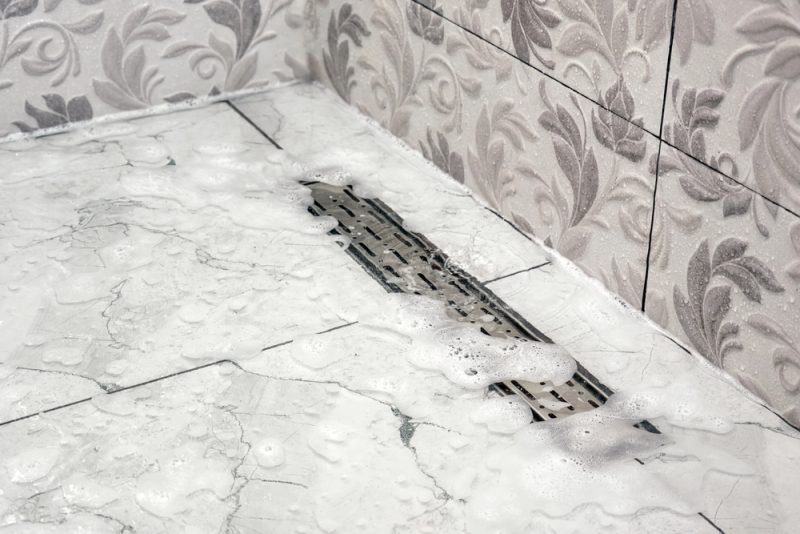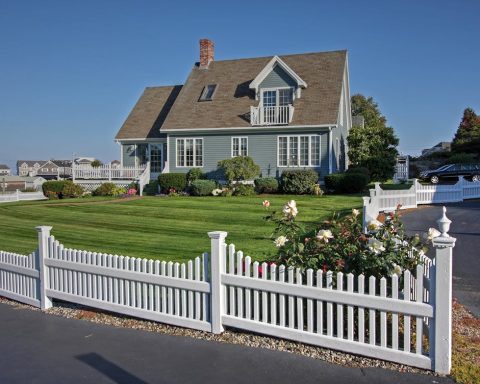Every homeowner knows the importance of effective plumbing, but one often overlooked detail is the slope of the shower drain.
Proper drainage ensures water flows seamlessly away from the shower area, preventing stagnant pools and potential damage. Knowing the proper angle can save you from future headaches like clogs or mold growth.
What is Drain Slope?
Drain slope refers to the angle at which the shower floor is pitched toward the drain. This angle is vital; it influences how quickly and effectively water exits the shower.
Generally, a slope of about 1/4 inch for every foot is recommended. This angle promotes efficient drainage, which is essential for maintaining a clean and safe bathing area.
Why is Proper Slope Necessary?
When water collects instead of flowing away, it can lead to a variety of plumbing problems. Without the right slope, you’ll see water pooling in your shower, making it not only uncomfortable but also hazardous.
Slippery floors can lead to accidents, and stagnant water provides a breeding ground for bacteria and mold. Proper slope acts as a preventive measure against these issues.
Common Drainage Problems

Several drainage problems can arise from incorrect slope:
Pooling Water: This is the most immediate issue. A shower that doesn’t drain well can leave you standing in water, making for an unpleasant experience.
Clogged Drains: When water pools, it tends to carry debris with it. Hair, soap scum, and grime can accumulate, leading to clogged pipes.
Mold and Mildew Growth: Stagnant water creates the perfect environment for mold and mildew, which can affect not just your shower’s appearance but also your health.
Water Damage: Over time, water that doesn’t drain properly can seep into walls and floors, causing structural damage and costly repairs.
How to Measure Proper Slope
To ensure your shower is sloped correctly, measuring is key. Here’s a simple method:
Choose a Straight Edge: This could be a level or a long board. Place it across the shower base.
Check the Angle: Use a measuring tape to find the distance from the edge of the straight edge to the drain. Aim for a drop of 1/4 inch for every foot of slope.
Adjust as Needed: If you find the slope isn’t correct, adjustments will need to be made. This might involve retiling or using mortar to raise or lower different areas of the floor.
Types of Shower Floors
Different types of shower floors may require varying considerations for slope:
Tile Showers: These are common and allow for a range of designs. They should be pitched toward the drain to prevent water from pooling.
Acrylic or Fiberglass Showers: These materials typically come pre-sloped, but checking the slope during installation is still wise.
Curbless Showers: These modern designs are stylish but require careful planning to ensure proper drainage without a barrier.
Using a Professional for Installation
If you find the concept of slope daunting, hiring a professional plumber may be the way to go. With their experience, they can ensure that the slope is correct and that all installation is up to code.
Plumbers Burwood can be a great choice for these types of plumbing jobs, as their expertise ensures long-lasting solutions.
This can be a smart investment, as it prevents future problems that could arise from improper drainage.
DIY Tips for Ensuring Proper Slope
For those who prefer a hands-on approach, here are some DIY tips to keep in mind:
Plan Ahead: Before starting any project, plan your layout carefully. Knowing where the drain is and how the slope will work is vital for a successful installation.
Use the Right Materials: Make sure you’re using quality materials that will hold up over time. Mortar and tiles should be durable.
Test the Slope: After installation, pour water in the shower to see if it drains properly. If it doesn’t, you may need to make adjustments.
Regular Maintenance: Keep drains clear of debris. Regular cleaning will help prevent clogs and ensure water flows freely.
The Impact of Incorrect Slope on Home Value
A poorly sloped shower can affect your home’s value. Homebuyers often look for functional bathrooms, and drainage issues can be a red flag.
If you ever plan to sell your home, ensuring that the plumbing is in tip-top shape can make a significant difference in your prospective buyers’ opinions.
The Role of Building Codes
Many regions have building codes that specify the required slope for shower drains. Familiarizing yourself with these codes can help avoid future issues during inspections.
Failing to meet these codes can not only result in fines but also necessitate costly repairs to bring your shower up to standard. Always check local regulations before beginning any plumbing project.
The Long-Term Benefits of Proper Slope
Investing time and resources into ensuring the correct slope can pay dividends in the long run. You’ll enjoy a cleaner, safer bathroom that requires less maintenance.
Fewer plumbing issues mean less money spent on repairs, allowing you to put funds toward more enjoyable home projects.
Understanding Water Flow Dynamics
Water naturally wants to flow downhill, and understanding this principle can guide you in creating a well-functioning shower.
By thinking about how water moves, you can better plan your shower layout. Ensure that all surfaces are angled toward the drain, allowing for an uninterrupted flow.
The Cost of Neglecting Drain Slope
Neglecting proper slope can lead to all sorts of hidden costs. From emergency plumbing calls to extensive repairs, the financial burden can be significant.
Investing in a well-scheduled maintenance routine can mitigate these costs and provide peace of mind.









